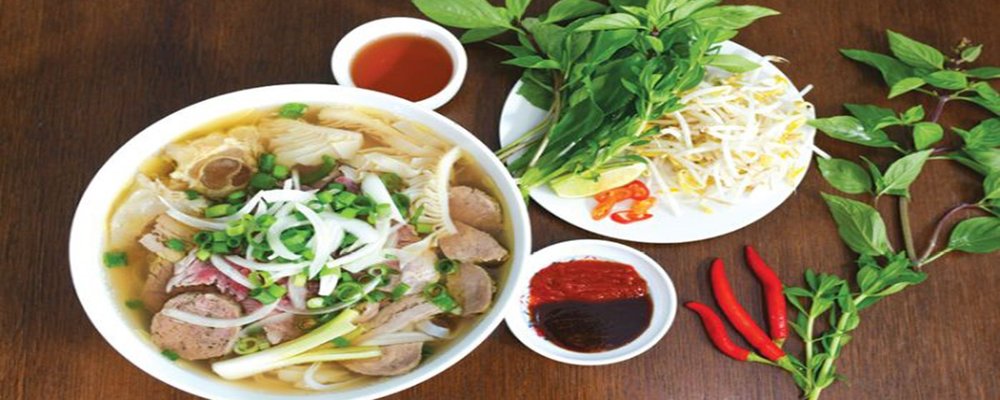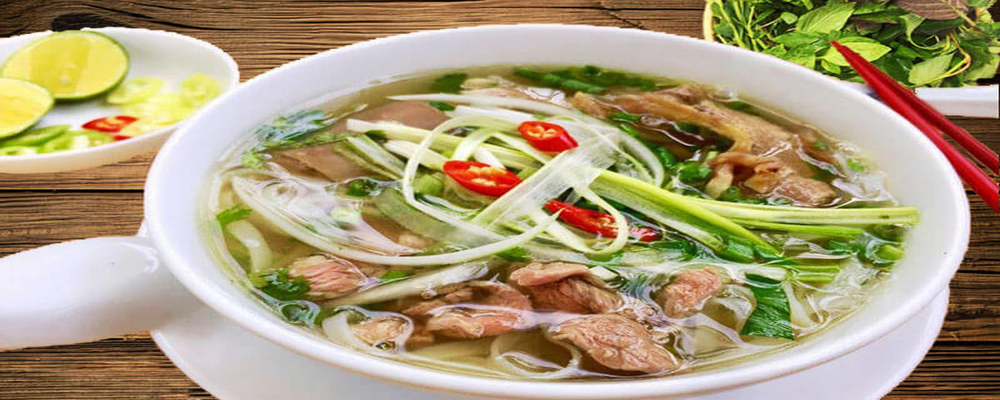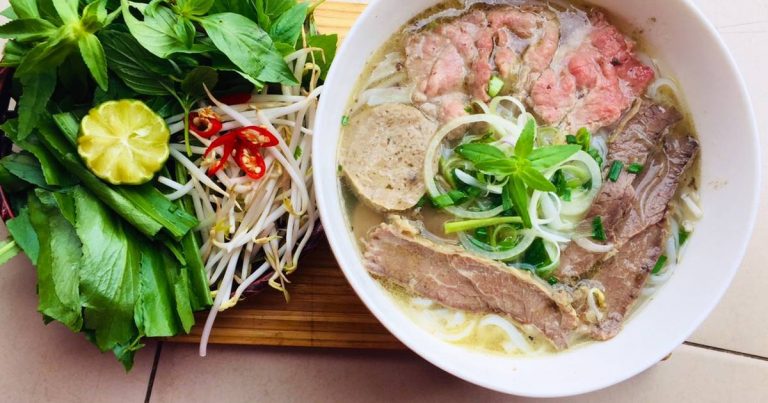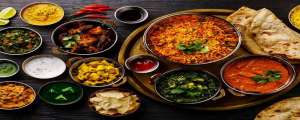Discover the rich cultural heritage of Vietnam through its most famous dish – Pho. Learn about the history, taste, regional variations, and impact of this iconic soup on Vietnamese culture. Whether you’re a foodie or a traveler, trying a bowl of Pho is a must-do experience that offers a window into the heart of Vietnam.
History of Pho
The pho dish has a long history in Vietnam. Pho initially appeared in Northern Vietnam in the late 19th century. It was believed that pho was a dish that was created by street vendors. The goal of the food traders was to create a new kind of good, affordable, and easy to make noodle soup.

Initially, pho was just a classic beef bone broth made with rice noodles, a few basic herbs, and spices. Yet throughout time, pho evolved and got more complex as various ingredients, such as chicken, pig, fish, and vegetables, were added.
During the period of French colonialism in Vietnam, the popular meal Pho was served in a lot of restaurants and street food carts. The French gave Pho their own distinctive twist by pairing it with beefsteak, giving it the name Pho au Boeuf. During the Vietnam War, pho was a common meal for both soldiers and civilians. It was a cheap, satisfying supper that was easy to prepare in big amounts.
In the 1980s, as Vietnam opened up to the outside world, pho gained popularity throughout the world. Today, pho is one of the most widely consumed Vietnamese dishes worldwide. Due to its long history and cultural significance, it is still a beloved part of Vietnamese cuisine.
The taste of Pho
Pho is well known for having a spicy, mouthwatering flavor that is both relaxing and satisfying. The broth, the main ingredient in the dish, is made by simmering beef or chicken bones with herbs and spices for a long time. The outcome is a flavorful and savory broth that forms the foundation of the soup.
Rice noodles used in pho are soft, chewy, and perfect for soaking up the fragrant broth. Although a variety of meats are used in pho, the beef or chicken is typically finely sliced and cooked quickly in the hot broth.

Pho recipes commonly include fresh herbs and vegetables such bean sprouts, basil, lime wedges, and thinly sliced jalapeño peppers. These garnishes balance the savory soup while also adding a blast of freshness and crunch to the dish.
The perfect balance of savory, sweet, salty, and sour flavors can be found in pho, along with a little sense of heat from the chili peppers. Because to its cooling and warming properties, it is the perfect supper for any time of day.
How to eat Pho
The fun and interactive process of eating pho is composed of several steps. The following is a quick guide to eating pho:
Don’t add any toppings until your bowl of pho is on the table. They typically include basil leaves, bean sprouts, hoisin sauce, lime wedges, sliced chili peppers, and bean sprouts. You can include more or less, depending on your tastes. After adding the condiments, mash everything together with your chopsticks. This will make it easier to distribute flavors evenly throughout the meal. Take a sip to enjoy the broth on its own. It should be rich, savory, and somewhat sweet from the spices. Use your chopsticks to add some noodles and meat to your spoon. Ensure that each bite contains a little bit of everything. You can add extra flavor by drizzling each bite of pork and noodles with hoisin sauce or chili sauce.

Feel free to top your bowl with more toppings as you eat. If you wish to further alter the flavor, you can even request other herbs or spices. Ask for a container if there are any broth or noodle leftovers so you can take them home. They prepare a delicious and enticing dinner the following evening.
Pho’s impact on Vietnamese culture
Pho, which is a source of national pride and symbolizes the nation’s culinary heritage, has had a significant impact on Vietnamese society. Owing to the popularity of the dish, Vietnam currently has a thriving food industry with a great number of restaurants and street vendors that specialize in pho. This has boosted the country’s economy and created job opportunities. Also, families and friends frequently get together for a shared meal of pho to tell tales and converse. Its regular appearance during celebrations for the Lunar New Year and other significant occasions highlights its cultural significance.
Pho has had an impact on civilizations outside of Vietnam as well. Vietnamese food is now more widely recognized and the topic of cultural exchange due to its growing popularity. In order to accommodate local preferences, pho has experienced alterations and adjustments in several countries, leading to new iterations and innovations. Individuals from many different backgrounds have come together to share their knowledge of and love for the meal, creating chances for intercultural cooperation and discussion. Pho has evolved into a vehicle for promoting intercultural awareness and understanding while also uniting individuals from all over the world.
In conclusion, Pho is much more than just a bowl of soup – it is a cultural symbol that represents the rich culinary heritage of Vietnam. Its history, taste, and regional variations have all contributed to its widespread popularity and impact on Vietnamese culture. Whether enjoyed as a communal meal with loved ones or savored in a local street market, Pho has become an integral part of Vietnamese life and a source of national pride. Its growing popularity around the world has also made it a symbol of cross-cultural exchange and understanding. For those visiting Vietnam, trying a bowl of Pho is a must-do experience that offers a window into the country’s vibrant culinary traditions.














